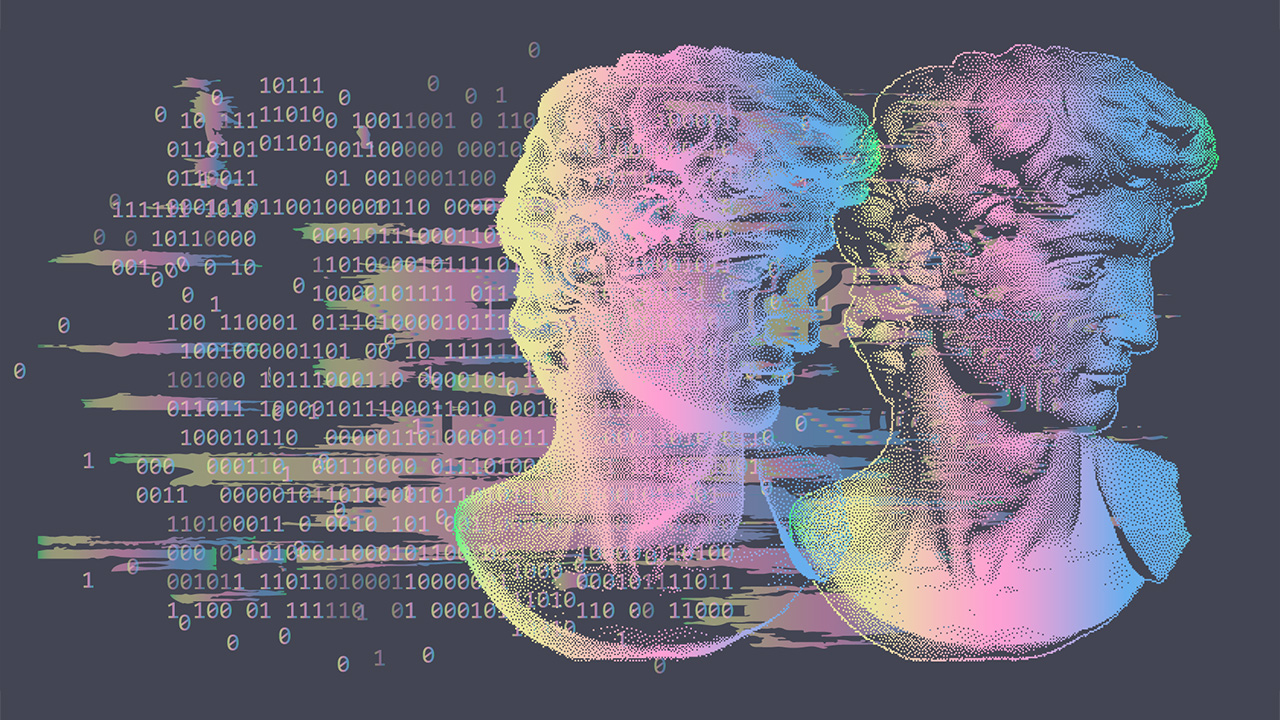
Non-fungible tokens (NFTs) are one of the hottest trends in the crypto space. They are unique digital assets that represent ownership of specific items, such as art, music, games, and more. NFTs are created and stored on a blockchain, a decentralized network that records transactions and ensures authenticity and security. NFTs have opened up new possibilities for artists and collectors to create, sell, and enjoy digital art in a way that was not possible before.
How does blockchain help artists?
Blockchain technology offers several benefits to artists who want to create and sell their digital art as NFTs. Some of these benefits are:
– Scarcity and uniqueness: Blockchain technology ensures that each NFT is one-of-a-kind and cannot be duplicated or counterfeited. This gives digital art a sense of rarity and value that was previously lacking in the online world.
– Ownership and control: Blockchain technology allows artists to prove their authorship and ownership of their digital art. Artists can also decide how many copies of their NFTs they want to create and sell, and set their own prices and terms. Artists can also embed smart contracts into their NFTs, which are self-executing agreements that can automate payments, royalties, and other functions.
– Accessibility and exposure: Blockchain technology enables artists to reach a global audience of collectors and enthusiasts who are interested in NFTs. Artists can use various platforms and marketplaces to showcase and sell their NFTs, such as OpenSea, Rarible, SuperRare, and more. Artists can also leverage social media and other channels to promote their NFTs and build their brand.
What value can blockchain technology offer to art collectors?
Blockchain technology also offers several benefits to art collectors who want to buy and enjoy digital art as NFTs. Some of these benefits are:
– Verifiability and transparency: Blockchain technology allows collectors to verify the authenticity and provenance of the NFTs they buy. Collectors can also access the transaction history and ownership records of the NFTs on the blockchain, which can enhance their trust and confidence in the market.
– Liquidity and diversity: Blockchain technology enables collectors to buy and sell NFTs easily and quickly on various platforms and marketplaces. Collectors can also access a wide range of digital art from different genres, styles, and artists. Collectors can also diversify their portfolio with NFTs that represent different types of assets, such as music, games, sports, etc.
– Interactivity and utility: Blockchain technology allows collectors to interact with their NFTs in various ways. For example, collectors can display their NFTs on digital screens or devices, or use them in virtual reality or augmented reality environments. Collectors can also use their NFTs for other purposes, such as gaming, socializing, or earning rewards.
How can artists take advantage of NFT technology?
NFT technology offers a new opportunity for artists to create and sell their digital art in a more innovative and rewarding way. Here are some steps that artists can take to get started with NFTs:
– Create your digital art: You can use any digital tool or software to create your digital art, such as Photoshop, Illustrator, Procreate, etc. You can also use specialized tools that are designed for creating NFTs, such as Art Blocks or Async Art. You can create any type of digital art that you want, such as images, animations, videos, audio, etc.
– Mint your NFT: To mint your NFT means to create a unique token that represents your digital art on the blockchain. You can use various platforms or services to mint your NFT, such as Mintable, OpenSea, Rarible, etc. You will need to connect your web3 wallet (such as MetaMask) to the platform or service, and pay a fee (called gas) in cryptocurrency (such as Ethereum) to mint your NFT.
– List your NFT for sale: To list your NFT for sale means to offer it to potential buyers on a platform or marketplace. You can use the same platform or service that you used to mint your NFT, or you can use another one that suits your needs. You can set your own price and terms for your NFT, such as fixed price, auction, or offer. You can also add metadata (such as title, description, tags) to your NFT to make it more attractive and searchable.
– Promote your NFT: To promote your NFT means to spread the word about it and attract more buyers. You can use various channels and strategies to promote your NFT, such as social media (such as Twitter), blogs (such as Medium), podcasts (such as The Nifty Show), newsletters (such as NFT Insider), etc. You can also collaborate with other artists or influencers to cross-promote your NFTs.
Blockchain technology is the underlying technology that powers NFTs and enables the creation and exchange of digital art on a decentralized network. Blockchain technology is a system of distributed ledger that records transactions and data in a secure and transparent way. Each transaction or data is stored in a block, which is linked to the previous block, forming a chain. Each block is validated by a network of nodes, which are computers that run the blockchain software. Each node has a copy of the entire blockchain, which ensures that no one can tamper with or alter the data. Blockchain technology allows anyone to create, own, and transfer digital assets without intermediaries or central authorities.
NFTs are revolutionizing the art world and providing new opportunities for artists and collectors to embrace blockchain technology. NFTs offer a way to create, sell, and enjoy digital art that is scarce, unique, verifiable, and interactive. NFTs also offer a way to support and reward artists for their creativity and innovation. NFTs are still in the early stages of adoption, but they have already shown their potential and impact in the art industry and beyond.









